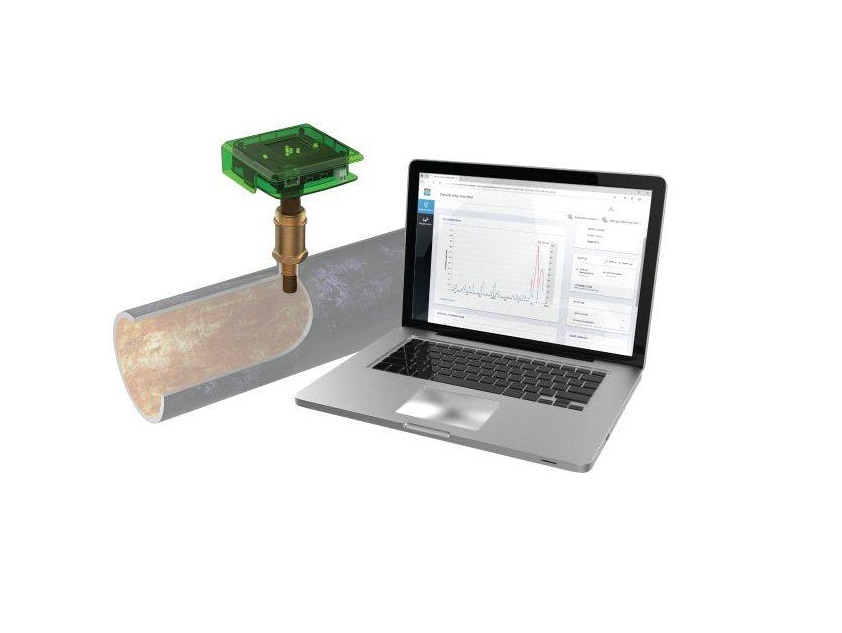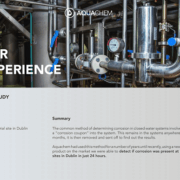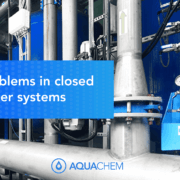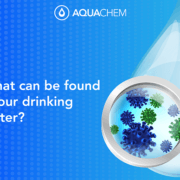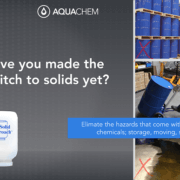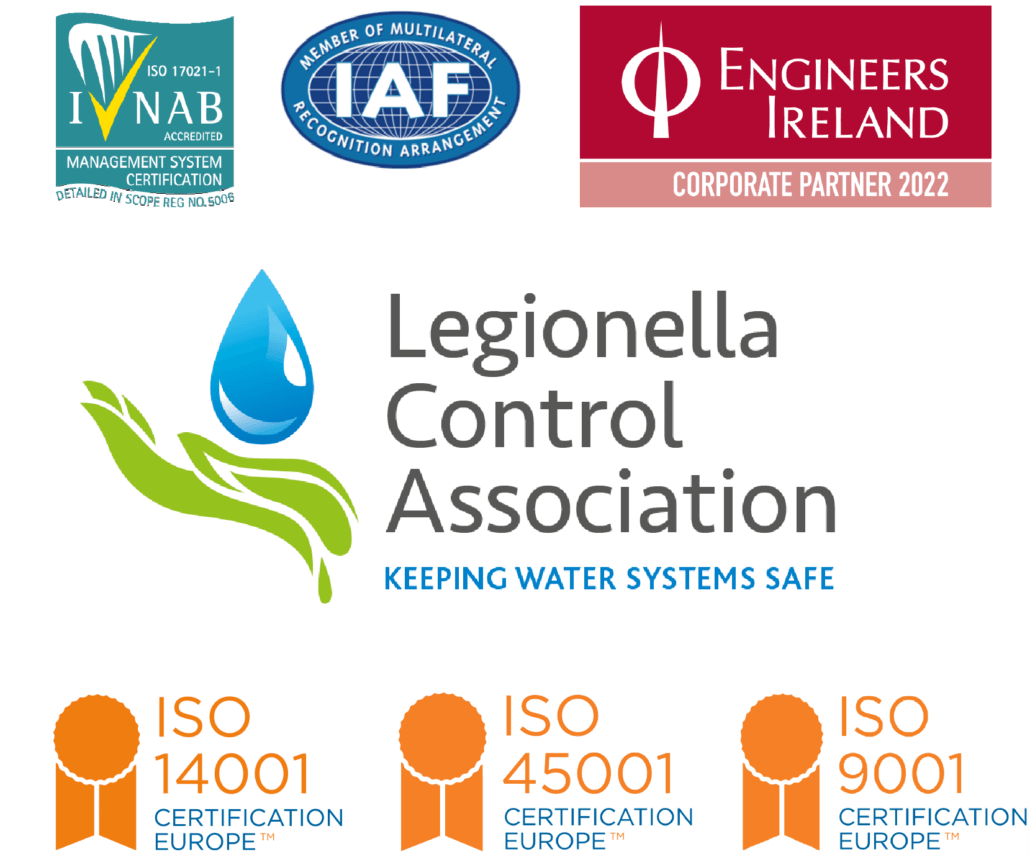Detecting corrosion in Closed System within 24 hours – Case Study
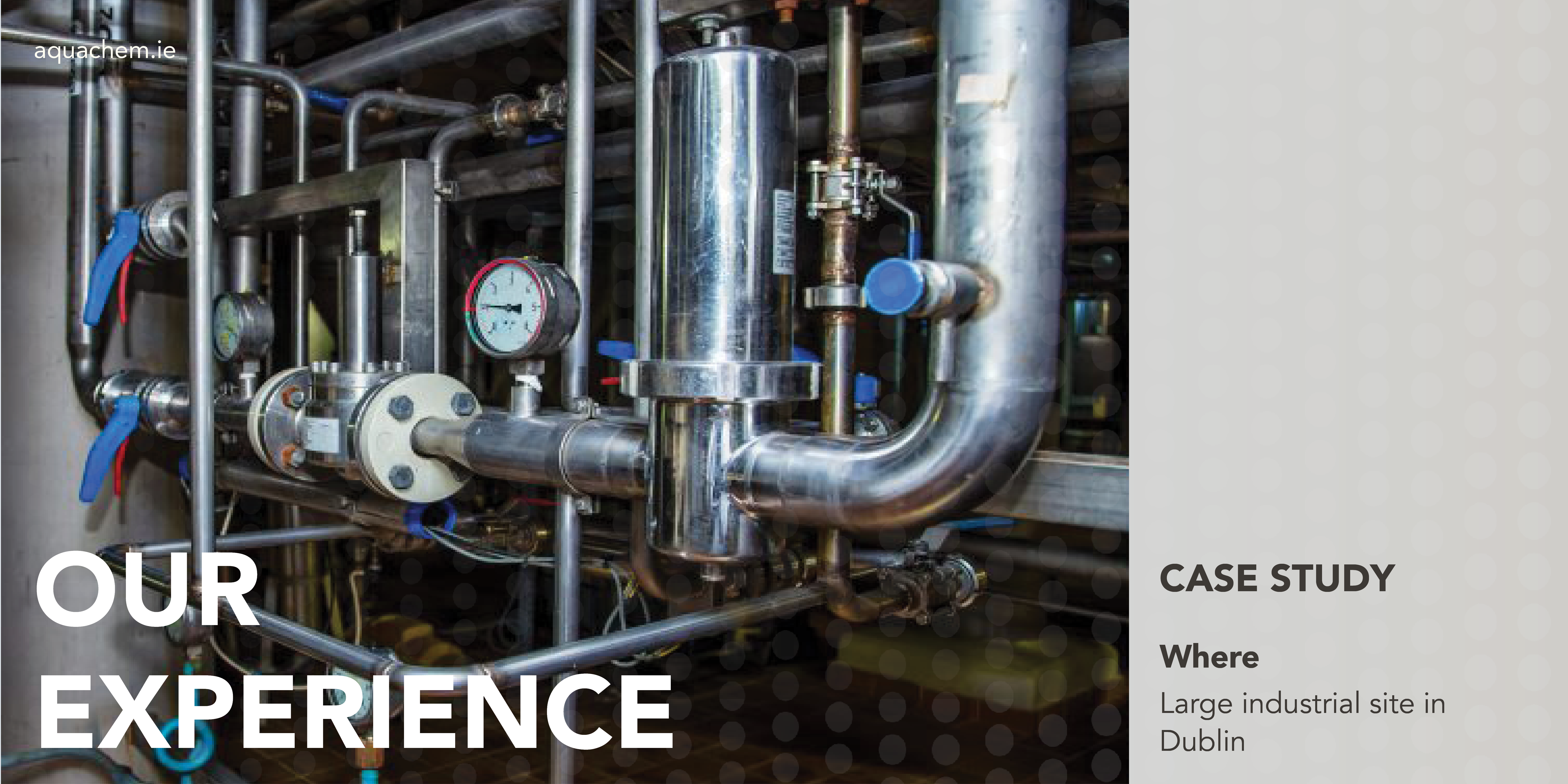
SUMMARY
The common method of determining corrosion in closed water systems involves installing a “corrosion coupon” into the system. This remains in the system anywhere from 3 – 6 months, it is then removed and sent off to get the results.
Aquachem had used this method for a number of years until recently, using a new innovative product on the market we were able to detect if corrosion was present at one of our sites in Dublin in just 24 hours.
WHERE
Large industrial site in Dublin
OVERVIEW
For a number of years Aquachem has used the common method of using “Corrosion Coupons” to detect corrosion in closed water systems.
The concept is to install the coupons in a parallel stream with the cooling water for a given time specified by standards, this is usually between 3 – 6 months. After the exposure time, the coupon is removed, and its surfaces are cleaned within recommended procedures.
After the cleaning, coupon weight is measured and compared to the initial weight, over the exposure time. The result is the corrosion rate for that period.
While the coupons are an excellent source of information to any building owner or plant operator – the time to get results is very lengthy, especially if this has not been monitored or maintained and if no history of coupon test results accumulated.
In 2021 Aquachem engaged with a UK based company who offers a new product on the market, where corrosion can be detected in 24 hours. The measurement of the corrosion rate is then carried out continuously over time and will be stored in the memory of a “logger.”
This was trialled successfully on one of our sites in September, and now offers peace of mind to our client that the system will pick up any change in the results and warns the user in case of unacceptable corrosion values.
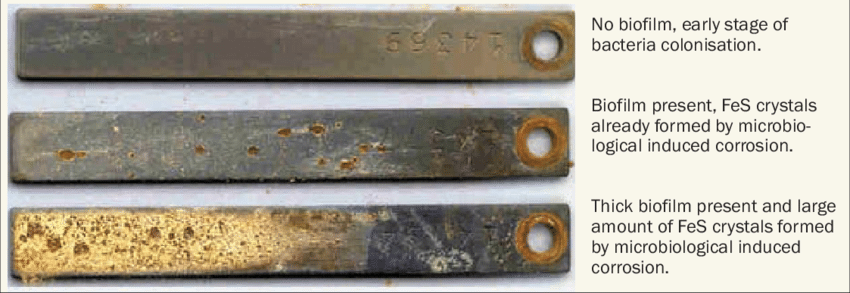
WHAT WAS DONE?
- The site previously had an issue with corrosion and we recommended that this new method of detection was installed to guarantee if any issues were to arise in the future it could be detected more quickly
- We installed the corrosion monitor into the system
- The technology measures a mass loss of a 50 micron coupon of Iron every 20 minutes which is then algorithmically calculated across a 7 hour period to produce an annualised corrosion rate in micron metres per year, the industry standard measurement.
- The initial result came back clear of corrosion
- We set up the software on their laptop
- The software reads and analyses the data gathered by the corrosion monitors and places the collected data on a timeline to present a view of the history. In that way, it enables the user to make connections or recognise patterns in the collected parameters.
CONSIDERATIONS
- This was a new product to us and so we had to make sure we understood the technology inside and out and relay this to our clients
- Due to it being a new product for us to install additional time and attention was required
RESULTS
Our client is extremely happy that they will now be able to tell if they have a corrosion issue well in advance of it becoming a serious problem.
It is great for us to be able to offer this product to all of our clients and give them the peace of mind corrosion can be detected at an early stage to help keep your equipment safe.
CONCLUSION
While the common method of detecting corrosion with the “corrosion coupons” if very popular and well renowned, here at Aquachem we are always looking out for new and innovative advancements in water treatment.
Our new method of measuring and detecting corrosion is just that. It literally takes months off waiting for results and know if there are any issues in your system. Once detected (or not detected) this will continue to monitor the water and alert you if it sees any change.
We are glad to be able to offer this to our clients going forward and will continue to look out for new methods to save out clients time and money.
